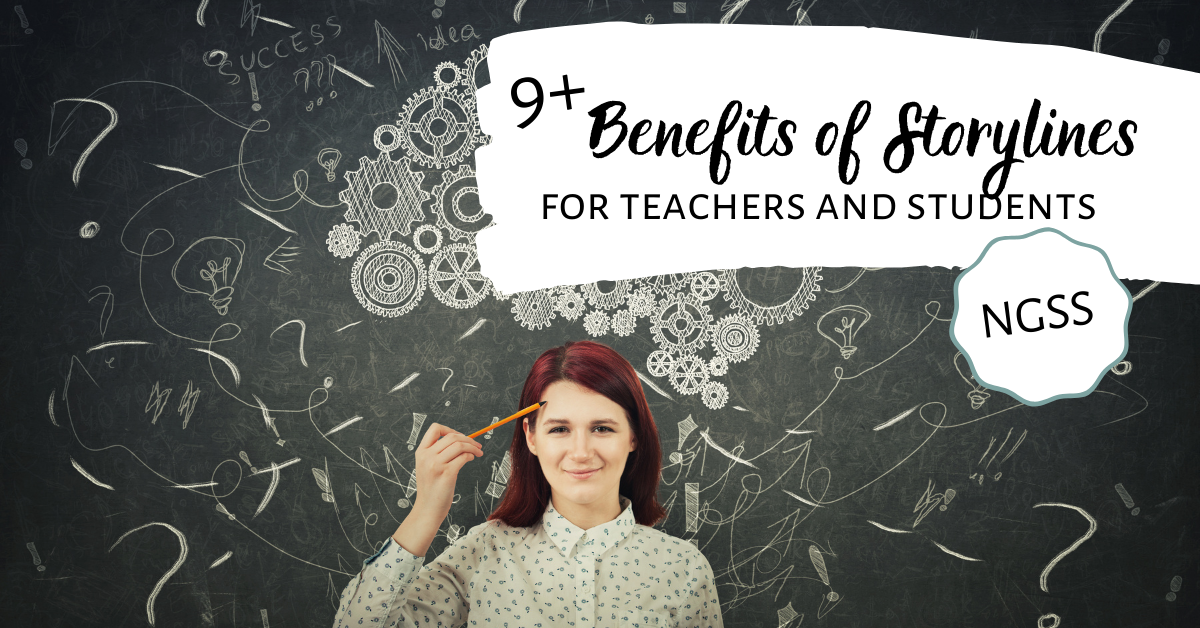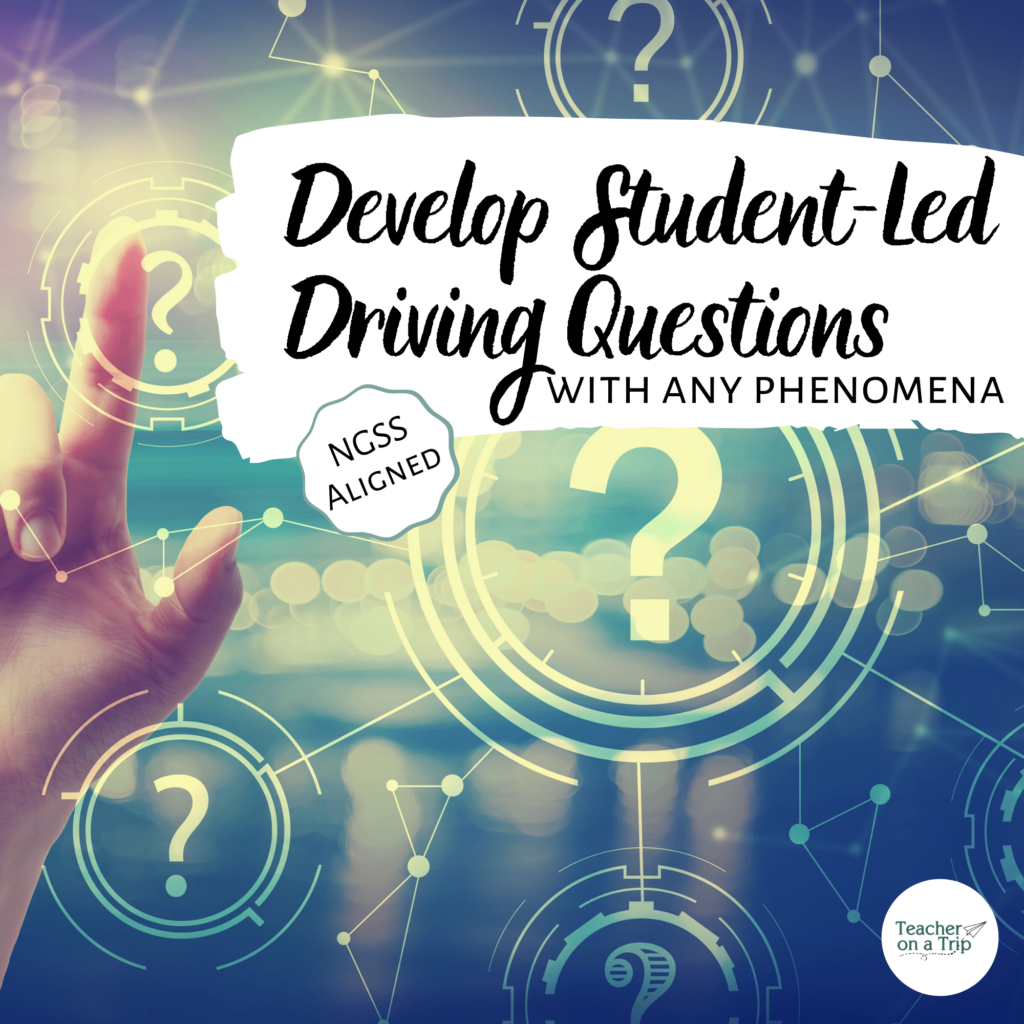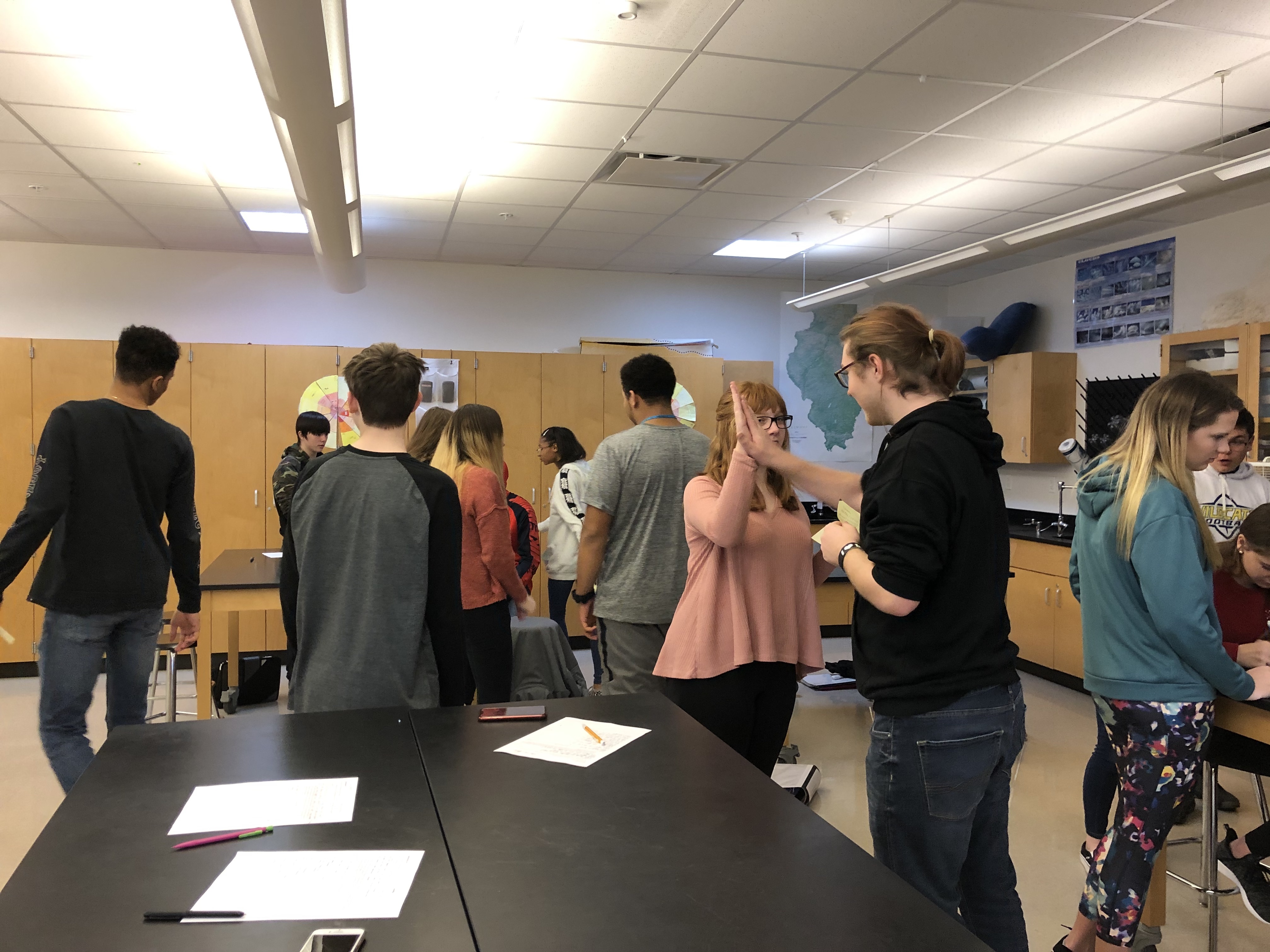9+ Benefits of NGSS Storylines

Next Generation Science Standards were published in 2013 and they are more than just another list of standards. Seriously, this isn’t just a teaching fad. NGSS transforms how teachers lead in the classroom and how students are learning. So, what makes these science standards so great? Read on to learn the benefits of using NGSS aligned storylines for teachers and students.
Benefits of NGSS Aligned Storylines for Teachers
Increased Student Engagement
When students are engaged our teaching experiences are so much more enjoyable! I am energized by hearing students talk about science, observing students making connections and having ‘aha’ moments, watching students collaborate
Reduction in Disruptive Behaviors
Students don’t have time to be disruptive because they’re engaged. Their peers hold them accountable for their contributions to the group learning too. It may take some time, but even the most reluctant learners become intrigued by the investigations that answer students’ questions.
Less Standing in Front and “Teaching as Telling”
The days of losing your voice and having a sore throat by the end of the day are gone! No more long PowerPoint slide shows where students are furiously (or barely?) taking notes. In all seriousness, I’m not against this traditional teaching style. It’s how I learned. It’s how thousands of other students have learned. It’s how I taught when I first started. However, the benefits of NGSS storylines are better. So, why not be better?
More Time to Interact 1:1 with Students
Since students are puzzling through investigations and making their own connections, you have time to circulate and talk with students about what they are doing. These 1:1 conversations are much more meaningful to understanding how students are sense-making and processing information. They’re much more fun too!

You’re Always Prepared for Surprise Observations!
Who loves seeing your principal walk through the door for an unannounced observation?! Eeeek! Make the switch to NGSS storylines and you’ll welcome them into your classroom for that pop-in observation. Daily investigations in NGSS storylines are inherently student-driven, so there’s no need to plan a “special” observation lesson.
Benefits of NGSS Aligned Storylines for Students
Everything we do in our classrooms is for our students. Every lesson we plan. Every new best-practice and teaching strategy we learn. We work hard for our students. The benefits of NGSS storylines are worth your effort when you see the gains in your students’ curiosity, engagement, and learning.
More Inclusive Learning
Each storyline begins with a common experience for ALL students – the anchoring phenomenon. Regardless of background and prior learning history, students start the storyline with the same introduction. The entire storyline then connects to the anchoring phenomenon; the common experience that students can now all relate.
Investigating Their Own Questions
All students experience the anchoring phenomenon together. Then, they develop driving questions that will drive the entire storyline. Yeah, I know super creative wording there. But, really, students are in control here and they feel it. Their questions are now at the forefront of their learning. Daily lessons are built upon students’ driving questions.
Side note: If this really sends you into a panic as a teacher…”How will I ever plan lessons using students’ questions? This will be chaos!” I get it. I was right there with you at the beginning of my NGSS transition.
I assure you there are strategies to implement the provide students’ control in their learning without abandoning structure in your classroom.
Check out this ready-to-use Driving Questions Activity as one way to bring students’ questions into your classroom without the overwhelm!
“Doing” and “Thinking” Like a Scientist
Storylines are interactive. Students will analyze and interpret data, develop models, communicate information, identify patterns, and so forth. A benefit of storylines is weaving all three dimensions of NGSS into a cohesive narrative. Students are not just sitting and absorbing content. They are doing investigations. They are thinking and making connections between concepts to answer their driving questions.
Collaborating in Small Groups
Science is not done in isolation. Storylines encourage students to collaborate to ask better questions, find solutions, draw conclusions, and engage in sense-making opportunities.
Learning is Relevant
How often do you hear, “Why are we learning this?” Now that we’ve transitioned to storylines, that question is an anomoly. Even better, on the rare occassion the dreaded question is asked, students are the ones that answer it.
One of the benefits to NGSS aligned storylines is that students get why they’re learning each concept. Daily lessons connect to the anchoring phenomenon and serve as a way to answer students’ driving questions.
Gaining Confidence in their Science Abilities

This is ultimately the greatest benefit of using NGSS storylines. I want students leaving my classroom feeling like they can do science. Utilizing NGSS aligned storylines provides daily opportunities for students to engage in science and engineering practices (SEPs) and apply crosscutting concepts (CCCs). Since we’re using the SEPs and CCCs on a regular basis, we can identify and describe them. These are great opportunities for showcasing and reminding students how much science they are doing successfully.
Save for later! Pin it!



